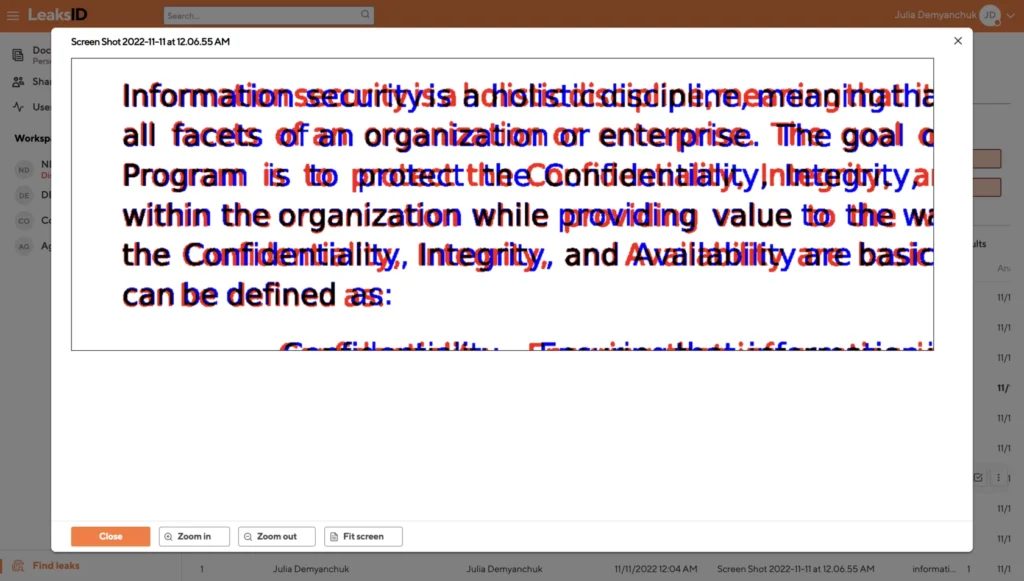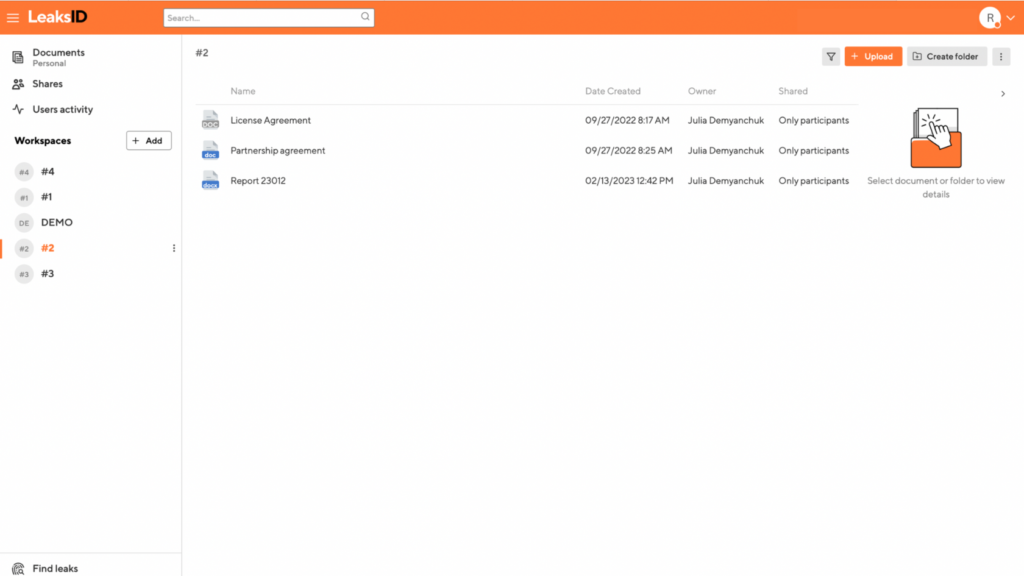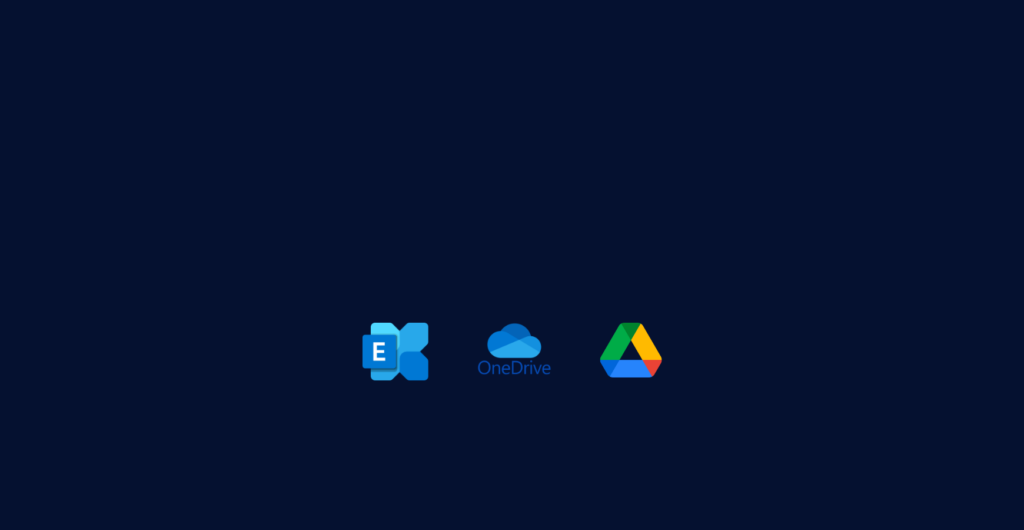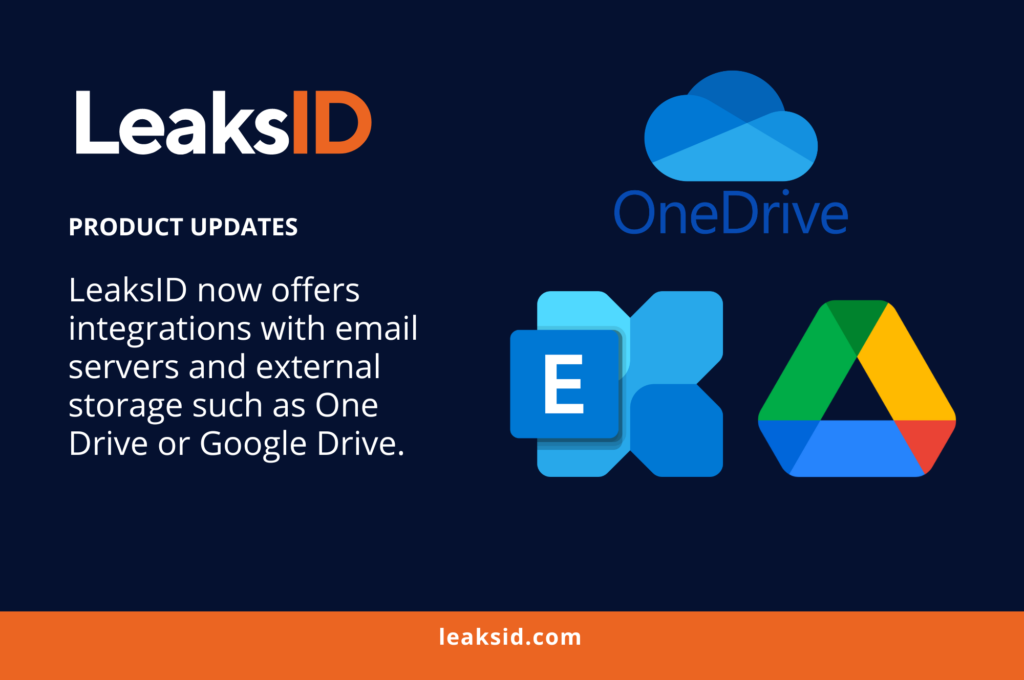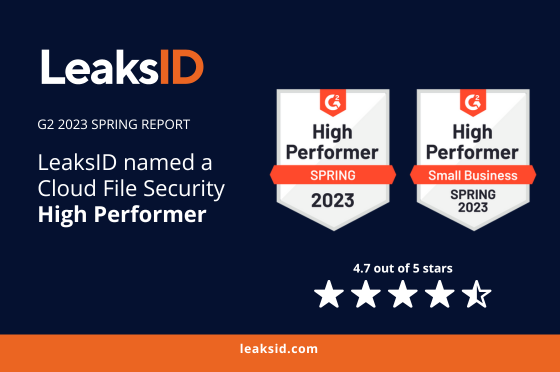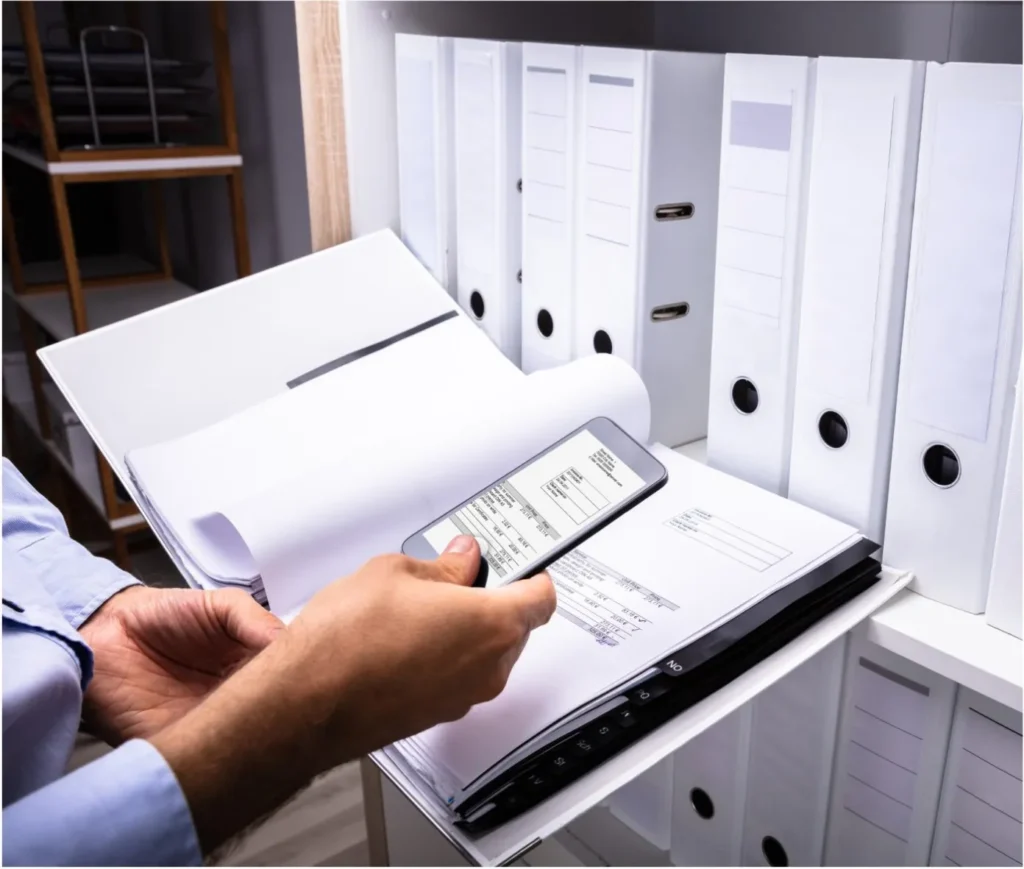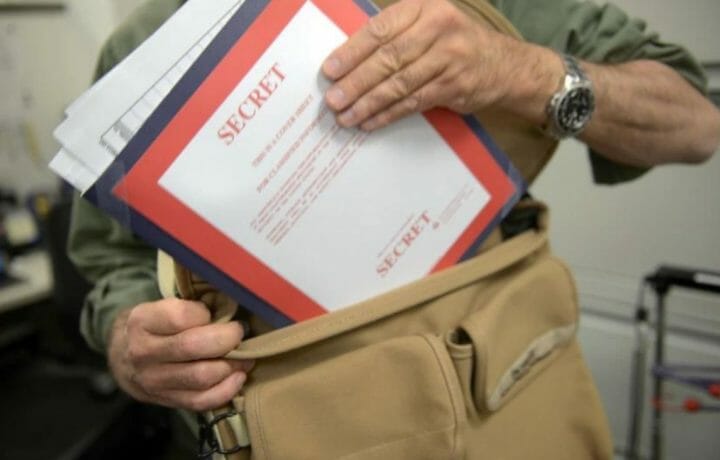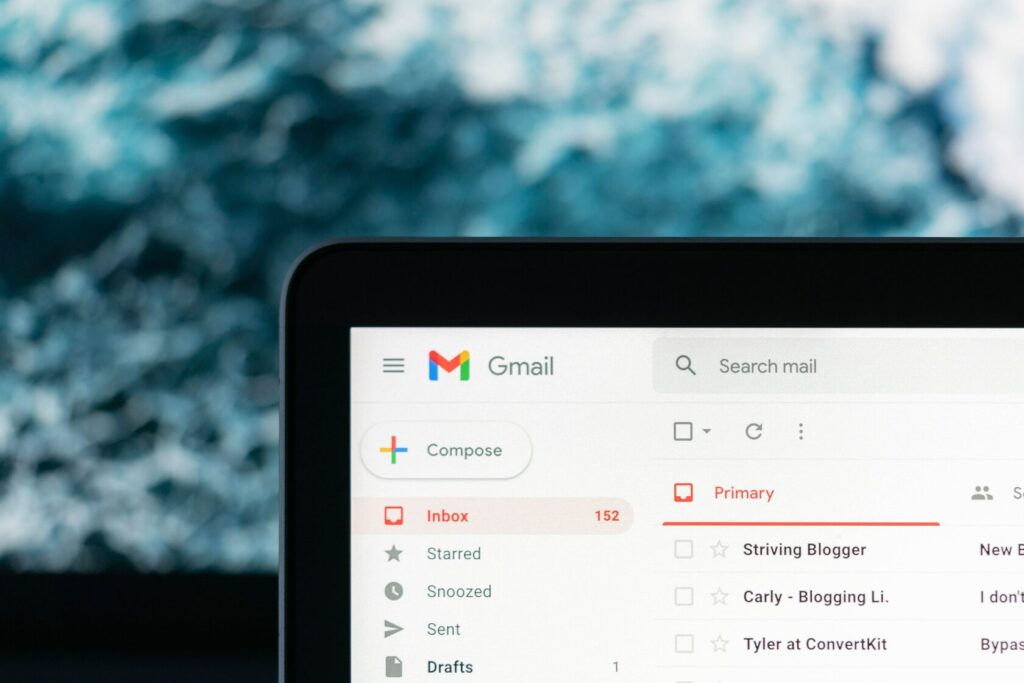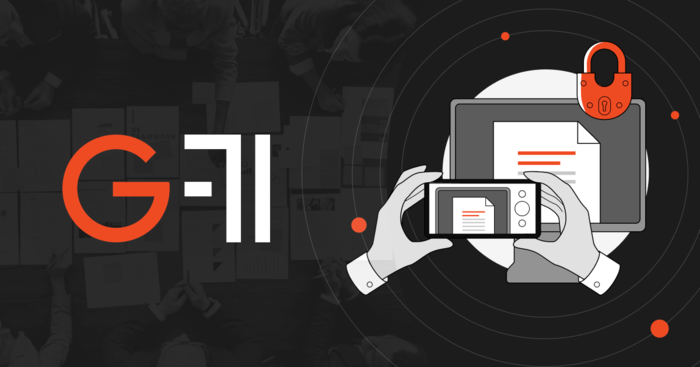Why is Secure Document Sharing Important?
Examples of Email Attachment Leaks
-Accidental Leaks: Accidental leaks occur when an email attachment containing sensitive information is sent to the wrong recipient. This can happen due to human error, such as mistyping an email address or sending an attachment to the wrong recipient in a group email.
-Malicious Leaks: Malicious leaks occur when a person intentionally shares confidential information with unauthorized parties. This can occur for personal gain, such as selling confidential information to competitors, or to cause harm to the organization or individual.
-Hacking: Hacking is another common cause of email attachment leaks. Hackers can gain access to sensitive information through the exploitation of vulnerabilities in the email system or by using phishing scams to trick individuals into revealing login credentials.
-Insider Threats: Insider threats refer to individuals within an organization who have access to sensitive information and choose to share it with unauthorized parties. This can occur for various reasons, such as dissatisfaction with the organization or personal gain.
Here are a few real-life examples:
-The 2014 Sony Pictures hack: In 2014, hackers stole and leaked sensitive information from Sony Pictures, including confidential emails and personal information of employees. This leak was caused by a phishing scam that allowed hackers to gain access to Sony’s email system.
-The 2016 Democratic National Committee email leak: During the 2016 U.S. presidential election, thousands of emails from the Democratic National Committee (DNC) were leaked to the public. The emails contained sensitive information about the DNC’s internal operations and political strategies.
-The 2019 Capital One data breach: In 2019, a former software engineer was charged with hacking into Capital One’s systems and stealing the personal information of over 100 million people. The information was allegedly shared through email attachments.
Methods of Secure Document Sharing
LeaksID and Invisible Marking
-Encryption: Encryption is the process of converting plaintext into an unreadable format, known as ciphertext, to protect against unauthorized access. This can be achieved through the use of encryption software or services that can be applied to an entire email message or specific attachments.
-Passwords: Password protection is a simple method of securing document attachments. The recipient is required to enter a password to access the document, making it more difficult for unauthorized users to access the information.
-Using a Virtual Private Network (VPN): A VPN creates a secure connection between your device and the internet, encrypting all data transmitted between the two. By using a VPN, you can ensure that the information contained in your email attachments is protected from unauthorized access, even when you’re using public Wi-Fi.
-Avoiding Sensitive Information in the Subject Line and Body of the Email: When sending sensitive information via email, it’s essential to keep the subject line and body of the email as vague as possible. Avoid using sensitive information in the subject line, as this can make the email a target for cyber criminals. Additionally, avoid including sensitive information in the body of the email, as it can be intercepted or read by unauthorized individuals.
-Digital Rights Management (DRM): DRM is a technology that restricts the use and distribution of digital content. DRM systems can control who can access, view, and print a document, providing an added layer of security for sensitive information.
-Invisible Marking: Invisible marking is a relatively new method of secure document sharing that involves the addition of an invisible labels (anti-leak marks) to the document. The labels make the document unique and personalized but indistinguishable from the original one and can contain information such as the document’s origin, date of creation, and intended recipient. In the event of a leak, the labels can be used to identify the source of the breach, making it easier to track down the responsible party.
